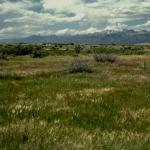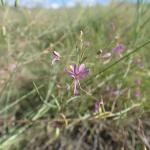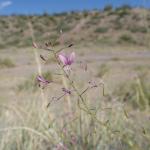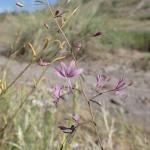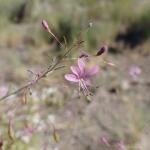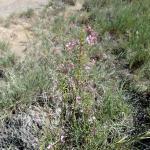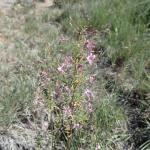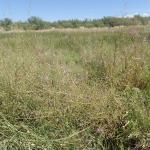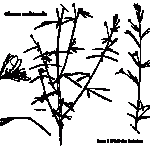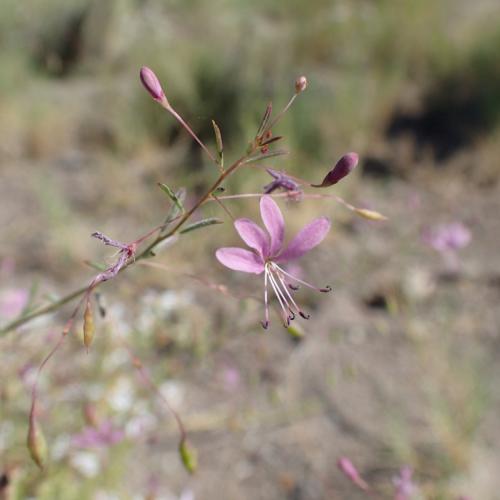Cleome multicaulis (Many-Stemmed Spider-Flower)
| USFWS | State of NM | USFS | BLM | Navajo Nation | State Rank | Global Rank | R-E-D Code | NMRPTC Status | Strategy Status |
|---|---|---|---|---|---|---|---|---|---|
| E | SH | G3 | 2-2-1 | R | SS |
| Overall Conservation Status | Documented Threats | Actions Needed |
|---|---|---|
| WEAKLY CONSERVED | water management/use |
Continued searches to document from NM. |
This is a rare, but widespread wetland species. There are several populations in south-central Colorado and in Wyoming where plants can be locally common. It is nearly extirpated from its entire range south of Colorado. It was documented as extant in 2003 in Presidio County, Texas (Poole et al. 2007).
*New Mexico Native Plants Protection Advisory Committee. 1984. A handbook of rare and endemic plants of New Mexico. University of New Mexico Press, Albuquerque.
Iltis, H. 1958. Studies in the Capparidaceae V. Capparideaceae of New Mexico. Southwestern Naturalist 3:133-144.
Poole, J.M., W.R. Carr, D.M. Price and J.R. Singhurst. 2007. Rare plants of Texas: A field guide. W.L. Moody Jr. Natural History Series, number 37. Texas A&M University Press, College Station. 656 pp.
Iltis, H.H. 2007. Studies in Cleomaceae V: A new genus and ten new combinations for the Flora of North America. Novon: A Journal for Botanical Nomenclature 17(4):447-451.
For distribution maps and more information, visit Natural Heritage New Mexico

